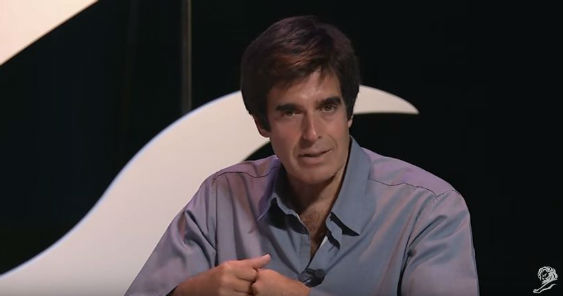MANILA – November 26, 2013 – The internet, particularly social media, has changed the game of customer engagement. Brands are now able to connect with customers in real time. Data allows for a deeper understanding of the customer, thus helping brands not only come up with effective campaigns, but also build meaningful relationships.
According to general manager Luisa Garcia-Sicam, OgilvyOne has come full circle, going back to focus on building customer engagement, empowered through technology. "OgilvyOne is about the customer. Who he is, what he believes in, and what he does… We turn big ideas and data insights into personal experiences that help our clients," Sicam said at a media roundtable on November 26.
She added that these insights are translated into relevant experiences. "We want to win more customers and make them more valuable," she said. According to Sicam, the customer engagement agency is set apart by three things: science, creativity, and love.
Among the tools OgilvyOne uses to engage their customers are search, social, mobile, performance marketing, e-commerce, and content. Sicam said all these help them understand behavior through the data. When it comes to different kinds of data, she said, "For us data is data. Whether it’s coming from the client’s own database, social data, engagement on Facebook – it’s now being able to not get lost in it. Being able to either validate certain qualitative insights, or use the data to tell us a story. It’s about orchestrating the different points to come up with a clear starting point," Sicam said.
Meanwhile, executive creative director Michael Sicam shared three cases where customers are empowered through social networks. In the Unilever Clear Dream Match, customers were given the chance to pick members of football teams led by celebrity brothers Phil and James Younghusband.
In the Gerber Farm Facebook app, moms were able to participate and experience what it’s like to make a bottle of Gerber. At the end, the moms were sent a bottle of Gerber. "From a virtual experience, we sent them the actual bottle," he said. After the campaign, there was a change in perception – 98 percent of those who participated were convinced of Gerber’s freshness, while there was also a 69 percent increase in product consumption.
In Axepressway, men using mobile were given directions toward areas where there were a lot of single girls. "One of our pillars also is mobile, so this is how we’re driving conversation with teenagers and with men using mobile," said Sicam, who stressed the need for a clear exchange, saying, "One of the most important things also when it comes to engagement is having a very clear exchange. For the Axepressway, it’s giving them a way to plan their nights out so they have the best potential of bumping into females," he said, adding that the app is permission based, and uses only public data.
They noted that there are 107 million mobile subscribers in the Philippines. "We’ll definitely push campaigns that are more mobile-based. I think there’s really something there. I’m very very excited for what we can do using mobile," he said.
At this year’s Boomerang Awards, OgilvyOne’s haul included two Gold metals for ‘Nestlé Club’ for Programs by Industry and Programs Effectivity. The campaign also brought OgilvyOne and Nestlé Philippines one of the ‘grand slam’ awards with its Best in Business Results. The agency also sealed its lead with two Silver awards – one each for Gerber Food’s ‘Gerber Farm’ in Campaigns by Industry and Clear Men’s ‘Dream Match’ in Campaigns Effectivity. It also bagged three Bronze awards – two in Campaigns by Industry for Minute Maid Pulpy’s ‘Improv Your Day’ and Clear Men’s ‘Dream Match’ and one in Campaigns Effectivity for KFC’s ‘Cheese Top Burger.’
Client service director Gelo Guerrero said that following OgilvyOne’s recent wins, he is excited for 2014. "For next year, I’m really excited to see the bigger role of the customer, real co-creation. It’s changing the way even for us who’ve been in this industry for some time," he said.
On the other hand, even with the changes in technology, Sicam said the next trend will be a return to content and storytelling. "While social media provides the channels, the avenues, the touch points, it’s content that’s going to be pushing through those channels telling the stories," she said.




